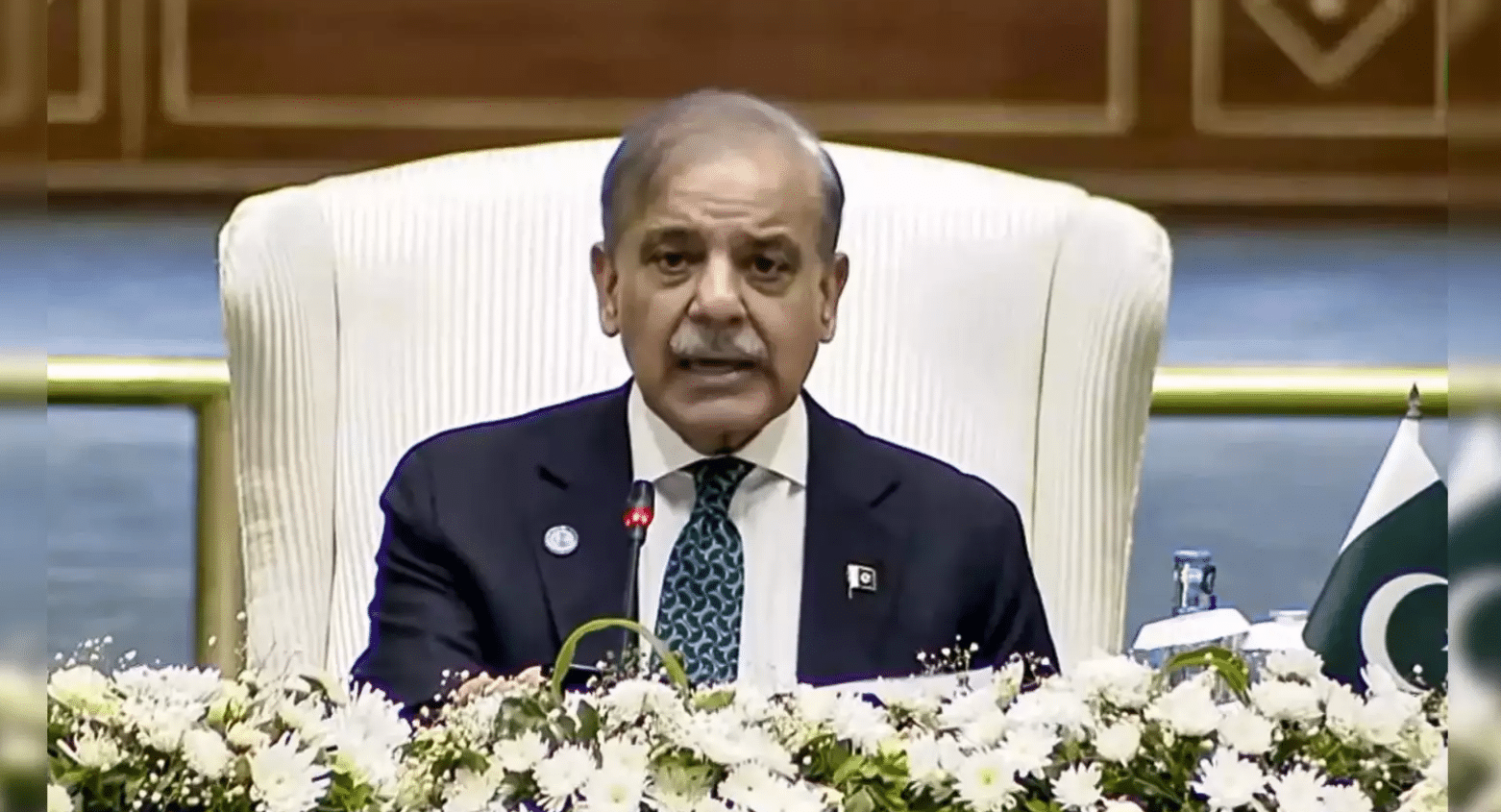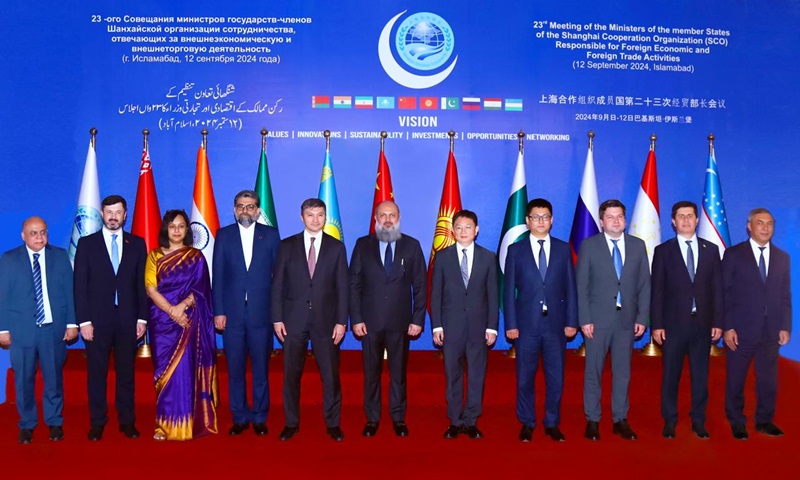In a groundbreaking initiative, the government of Pakistan launched an electricity anti-theft campaign in September, and the results have been nothing short of spectacular. The campaign, aimed at curbing the illegal consumption of electricity, not only saved a significant amount of money but also demonstrated the power of changing consumer behavior. In this article, we will delve into the details of this campaign, analyzing the savings it generated, the shift in consumer behavior, and its broader implications.
The Campaign’s Genesis
The electricity anti-theft campaign was conceived as a strategic move by the government to address the longstanding issue of electricity theft, which had been bleeding the national exchequer for years. The campaign’s success was a testament to the dedication of the authorities involved and the willingness of the general public to embrace change.
Financial Impact
According to data shared by Power Division Secretary Rashid Langrial, the campaign resulted in savings of an astounding Rs. 26 billion during the month of September. This financial windfall was a combination of both direct and indirect savings.
READ MORE: The Acquisition of Coca-Cola (Pakistan) by Coca-Cola İçecek (Turkey)
Direct Savings
Direct savings were a substantial part of the campaign’s success. Detection and arrear recovery alone contributed Rs. 14 billion to the savings. This highlighted the effectiveness of identifying theft and recovering overdue payments.
Indirect Savings
However, the indirect savings were equally remarkable. These savings were a result of the change in consumer behavior and reflected a reduction in theft worth Rs. 5 billion and a collection improvement of Rs. 7 billion in September.
Behavioral Shift
One of the most intriguing aspects of the campaign was the visible shift in consumer behavior. The general public became more conscious of their electricity consumption, leading to a significant reduction in theft.
Units Billed vs. Units Supplied
Units billed as a percentage of units supplied stood at 86.85 percent in September of the fiscal year 2024, compared to 85.54 percent in the same month of the previous fiscal year. This indicated a greater alignment between the electricity billed and the electricity supplied.
Units Stolen vs. Units Supplied
Another striking statistic was the reduction in units stolen as a percentage of units supplied. In September of fiscal year 2024, it stood at 1.46 percent, compared to the 2.93 percent reported in the same month of the previous fiscal year.
Improved Collection Efficiency
The improvement in collection efficiency was another feather in the campaign’s cap. Collection, concerning the value of total units billed, was 86.99 percent in September of the current fiscal year, as opposed to 82.43 percent in the same month of the previous fiscal year. This demonstrated a substantial increase in the realization of the billed amount.




